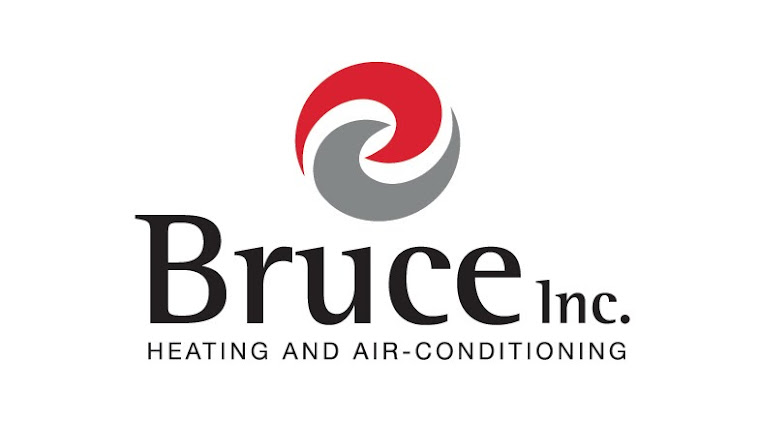1. Keep your garage door opener inside your home, instead of in your car,
when it’s parked outside. Put it with your car keys so you don’t forget it
when you leave.
2. Make a plan for summer storms. Assemble a disaster kit with
first-aid supplies, water, canned food and a NOAA weather radio at a minimum. A
backup generator
will keep the lights on during unexpected utility outages.
3. Organize a neighborhood watch. It’s an effective way to prevent
crime, and a good way to get to know your neighbors better.
4. Protect your home’s air from chemical vapors and other contaminants.
Choose an air
purification system with a MERV 16 filter to remove vapors, odors, mold
spores, viruses, bacteria, pollen and allergens.
5. If you buy a new TV or computer, don’t leave the empty box out for
trash pickup. Break down the package and turn the flat sheets blank side
up, or take it to a recycling center.
6. Control ozone pollution inside your home. Some ionizers and air
cleaners actually create ozone; choose
one that doesn’t.
7. Trim bushes and trees away from windows and doors to reduce hiding
places for vandals. Tree limbs and branches should be trimmed no lower than
seven feet from the ground.
8. Close your garage door. Keep doors and windows locked and remember
to activate your burglar alarm when you leave for vacation.
9. Control mold by reducing humidity. Mold can cause headaches,
trigger allergies and turn your home into a serious health hazard. Humidity levels should be kept
between 30 percent and 50 percent.
10. Keeping a large dog bowl at your back door may help fool intruders.
It suggests the presence of a big dog in your home!
